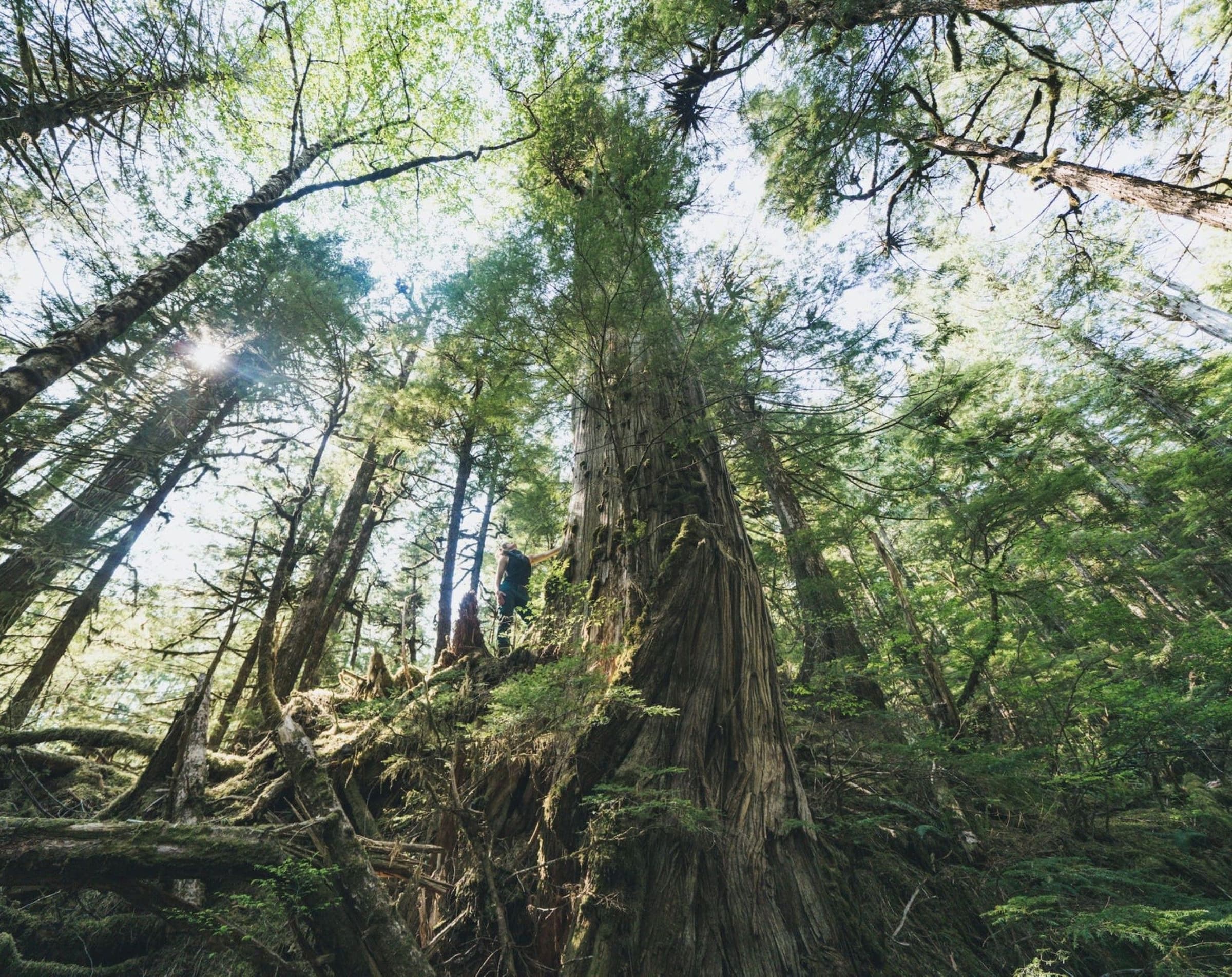More Than a Meal: The Salmon Lifecycle’s Ecological Magic
Wild Pacific salmon are incredible creatures. Beyond being one of the most nutritious wild proteins, they play a key role in nourishing far more than our dinner plates. As a keystone species — an organism that helps hold an ecosystem together — wild salmon support forest, riparian (the transitional area from the aquatic area to the upland area, such as a river or stream), and freshwater habitats through their remarkable migrations.
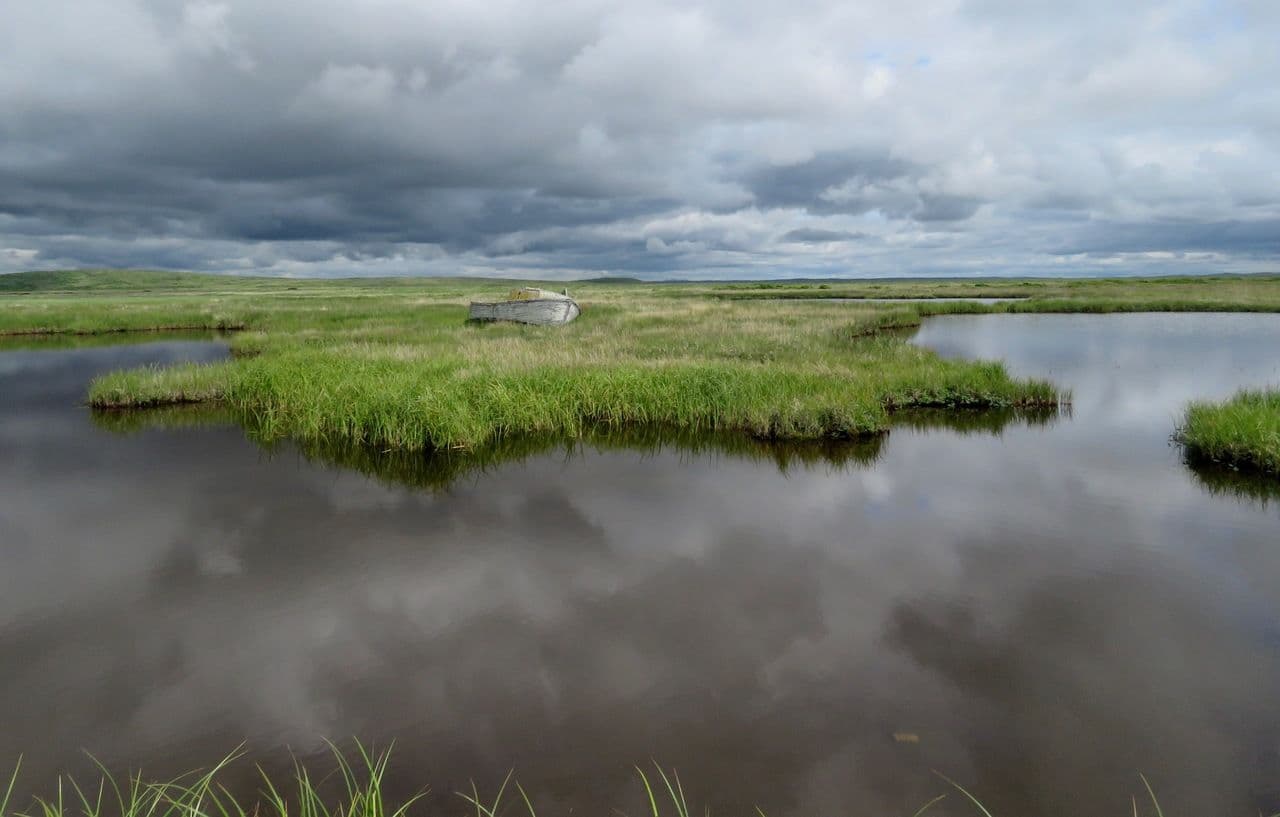
Their seasonal runs and the transfer of marine nutrients inland have outsized effects on every ecosystem they touch, far beyond what their numbers alone would suggest. When adult salmon return from the ocean to spawn by the millions, they deliver a surge of marine-derived nutrients — especially nitrogen and phosphorus — into freshwater and riparian habitats. Predators like bears, eagles, wolves, otters, and even insects, feed on salmon and distribute their remains across forests and streams, fertilizing soils and boosting productivity. From tiny algae and aquatic invertebrates at the base of the food web all the way up to giant old-growth Sitka spruce, salmon help sustain healthy forests and streams.
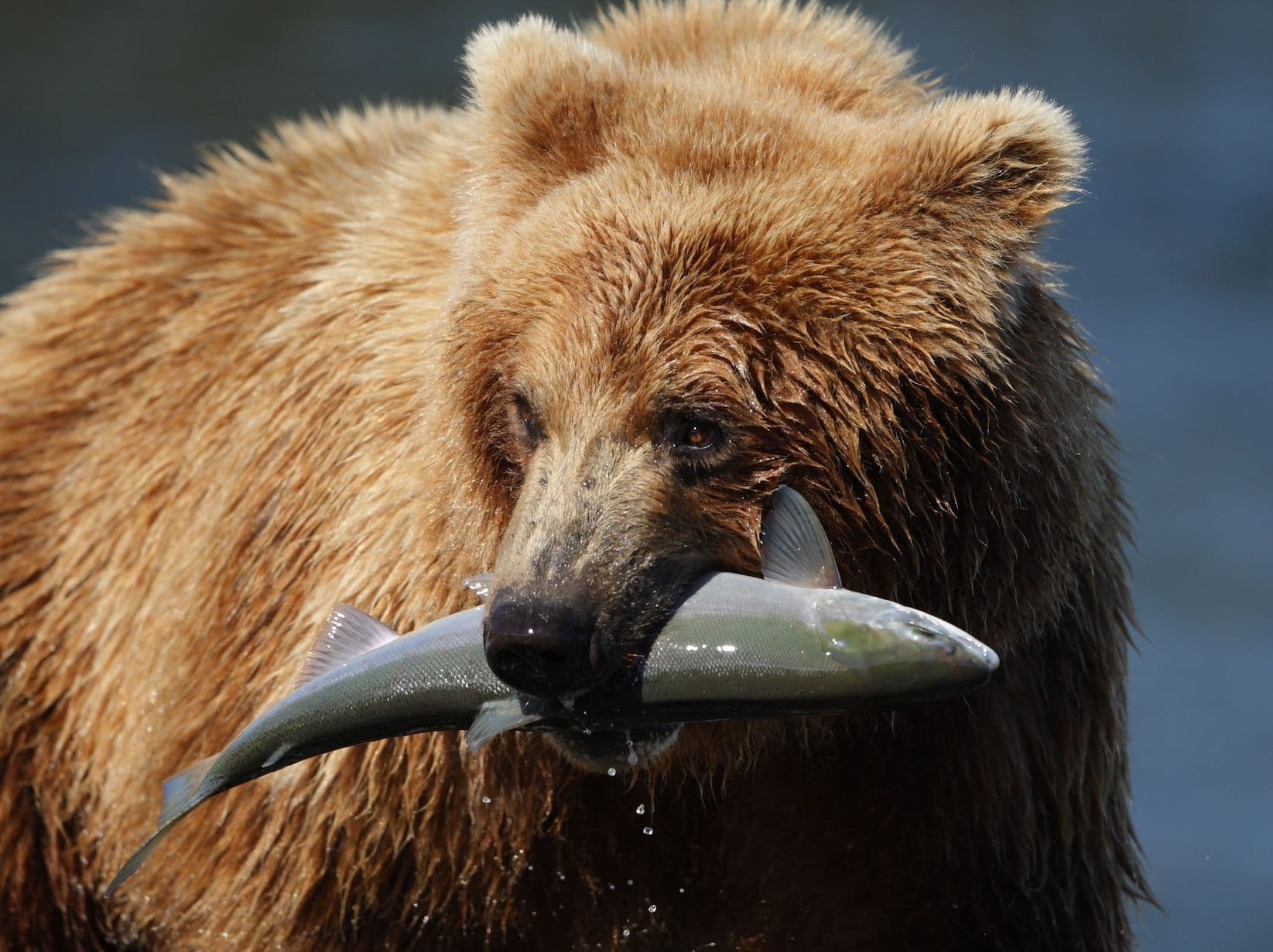
The life cycle of wild salmon begins in freshwater, where they emerge from the gravel and start their downstream journey to the ocean. For keta (chum) and pink salmon, this journey is brief; they reach the sea quickly. King (Chinook), coho, and sockeye smolts (salmon under 2 years) may spend up to a year or two in freshwater, slowly making their way downstream. This time allows them to memorize the unique chemical odor signature of their home watershed, which helps them find their natal river or stream when they return to spawn.
For the next stage of their lives, wild Pacific salmon head to sea as small fish, hiding in eelgrass and kelp forests to avoid predators as they grow into predators themselves. Each of the five Pacific salmon species fills a different ecological niche in what and how it feeds. Sockeye feed mostly on tiny crustaceans like krill, while kings and cohos prefer herring, needlefish (sand lance), and smelt to help them grow big and healthy. Once large enough to survive in the open ocean, each species travels to their preferred feeding grounds. These migrations can cover 2,000 miles, carrying them far from the freshwater where they hatched years earlier.
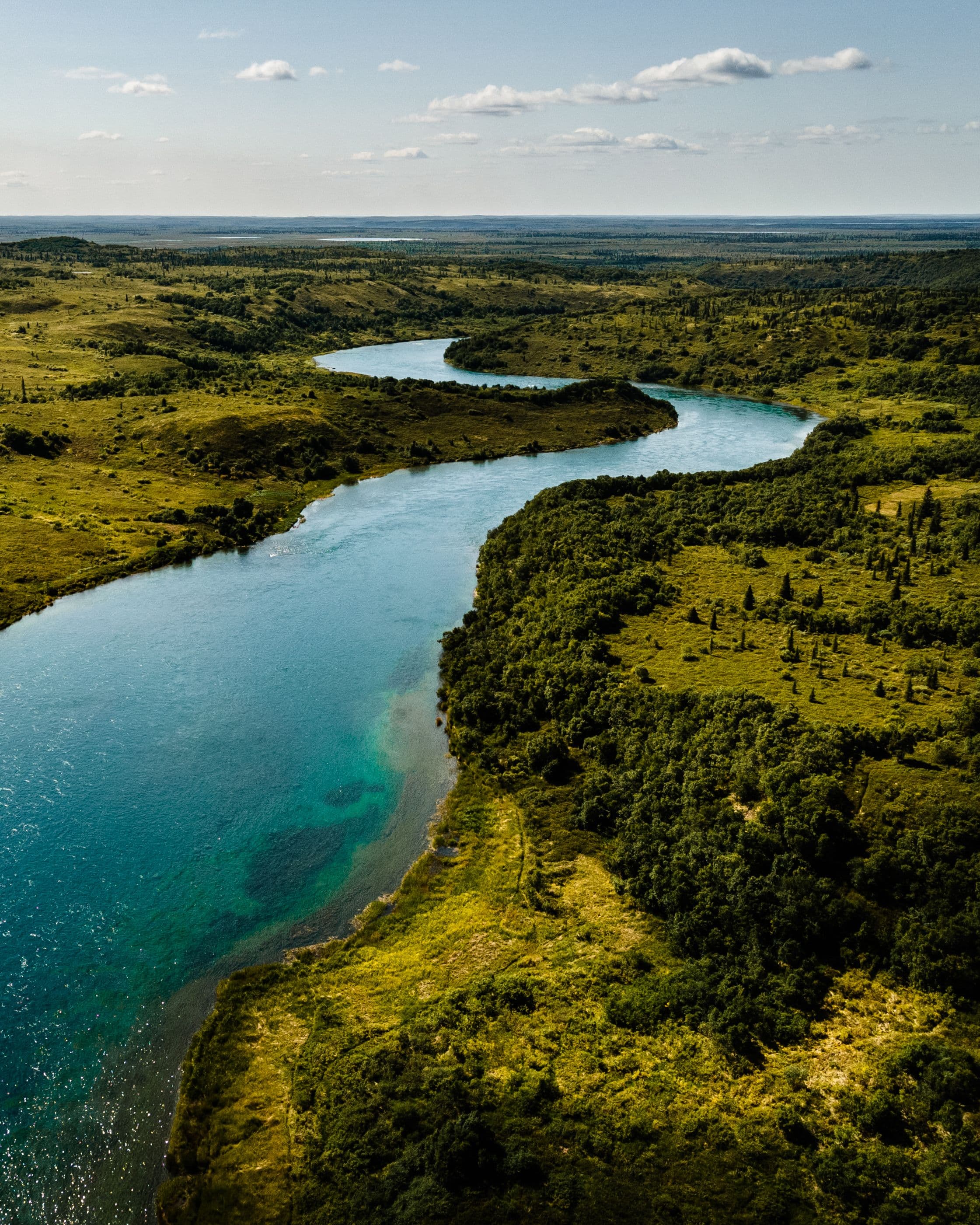
Once fully grown, packed with energy-rich omega-3 fatty acids for the journey upstream, salmon begin heading back to their natal rivers. They sense the Earth’s magnetic field and use it like a compass to home toward their region of origin. The last miles are guided by the unique chemical imprint of their natal stream as sediments wash out to sea. A small number will spawn in nearby rivers and streams — a behavior called “straying.” Straying is a vitally important characteristic of wild Pacific salmon. If a river is damaged by a mudslide or forest fire, that season’s salmon might be unable to spawn and the river could lose its fish. Thanks to straying, when cold, clear water returns, salmon from nearby systems begin to repopulate the river, and within a few years the run can thrive again.
Upon reaching the headwaters of their natal streams, the fat they stored at sea fuels the final push upstream. As they swim, their bodies undergo dramatic changes in color and their skin thickens and becomes slick, aiding passage through obstacles on the way to spawn. Some salmon famously travel more than 1,000 miles upstream to return to their birthplace. This journey is also when the nutrients in their bodies are transferred to surrounding ecosystems. Bears and eagles that gorge on salmon, and then deposit waste in the forest, deliver those nutrients to the soil, helping grow large trees that shade and protect future salmon smolts. If you’ve ever been by a salmon river in the fall, the smell of decomposing carcasses and the bustle of feeding wildlife vividly illustrate this transfer.
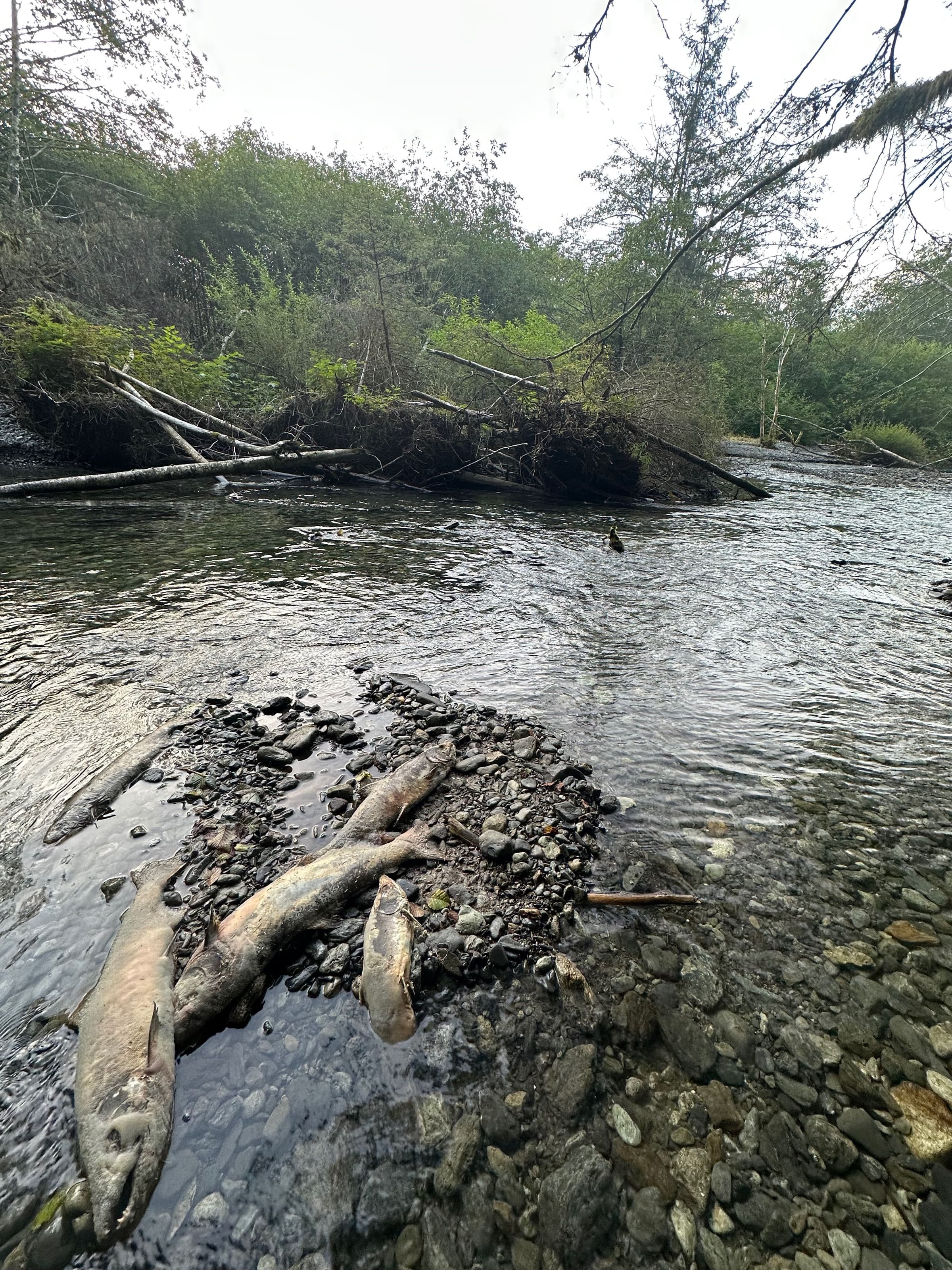
When we protect the cold, clean waters salmon need and the woodlands that surround them, we keep this nutrient cycle running. The payoff is profound: healthier forests, richer biodiversity, and thriving fisheries. Wild Pacific salmon have persisted for millions of years and will continue to thrive if we give them the space and conditions they need. It’s why we fish with care and a commitment to sustainability — we want to catch fish and support healthy habitats that ensure salmon runs endure for generations to come.
